Summer is the perfect time to get your hands dirty and plant some new vegetables! If you’re looking for a delicious, easy-to-grow addition to your garden, then Vidalia onions may be the answer. With their sweet taste and subtle crunch, Vidalia onions are a favorite among gardeners and chefs alike. Planting these delightful South Georgia onions isn’t difficult, but knowing how to do it can make all the difference between success and failure in your summer harvest. Read on to learn about growing big and delicious Vidalia onions this season!
What is Vidalia Onion famous for?

Their high sugar content lends itself perfectly to caramelization, resulting in a savory-sweet experience that tantalizes the taste buds. Moreover, these versatile onions excel as an ingredient in sauces and dressings, elevating the taste profiles of other components. For those with a penchant for pickled delights, Vidalia onions add an extra layer of sweetness, creating a harmonious interplay of flavors. Whether enjoyed raw or cooked, Vidalia onions bring a touch of culinary magic to a wide range of dishes, making them an indispensable ingredient in the kitchen.
In addition to their delicious flavor, Vidalia onions have many health benefits as well. They are an excellent source of dietary fiber and vitamin C, which can help promote a healthy digestive system. They are also high in antioxidants, which can help protect the body from free radical damage and lower the risk of certain diseases. Vidalia onions are a great addition to any meal, adding flavor and nutrition to dishes [1]!
Are Vidalia and sweet onions the same?
No, Vidalia and sweet onions are not the same. Although both are considered to be sweet onions, they have distinct characteristics that set them apart.
Vidalia onions have a unique flavor profile that is far sweeter than other types of onions. They have an elongated shape and pale yellow complexion with thin layers of skin that can sometimes appear pink. In contrast, sweet onions typically have a milder flavor and round shape with light brown or white skin.
Vidalia onions are only grown in 20 Georgia counties, which is part of the reason why they are so unique. Sweet onions, on the other hand, can be grown all over the world.
While Vidalia and sweet onions are both enjoyed for their sweet flavor, they are still two distinct onions that should be used differently in cooking. For example, Vidalia onions are often eaten raw and work well as an addition to salads or sandwiches. In contrast, sweet onions are best cooked as they become more flavorful when cooked.
No matter which type of onion you choose, it’s important to store them properly to extend their shelf life. Both Vidalia and sweet onions should be placed in a cool, dry place and kept away from direct sunlight. Additionally, it’s best to store them separately from other fruits and vegetables as they give off powerful odors that can quickly spread throughout the refrigerator.
How to Grow Vidalia Onions?
Varieties
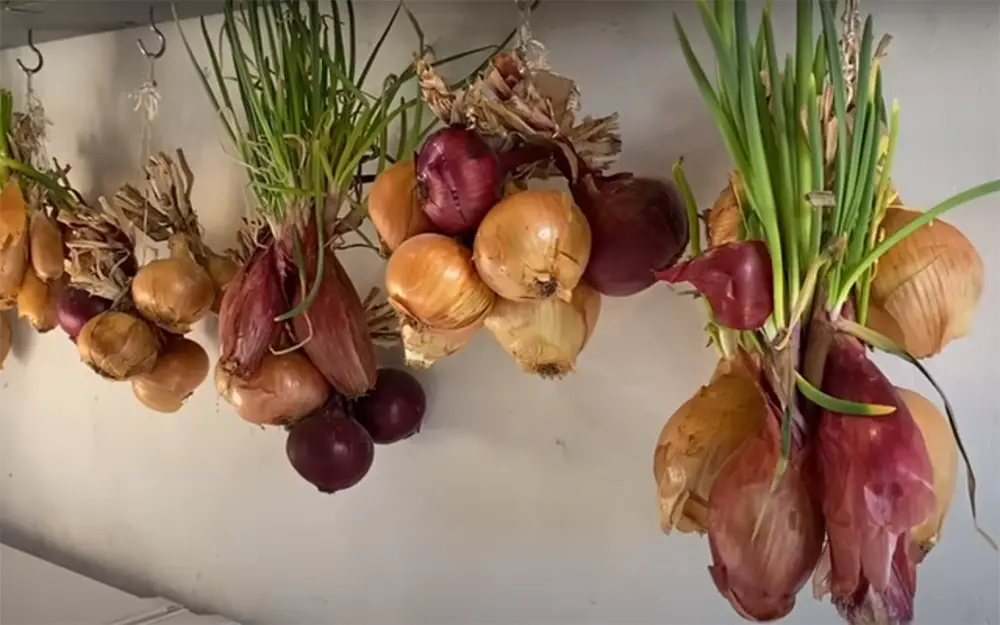
Vidalia onions, renowned for their sweet and mild flavor, are a highly sought-after onion variety that is exclusively cultivated in 20 counties in and around Vidalia, Georgia. These succulent onions thrive in well-drained and loamy soils, although sandy soils with proper drainage can also be utilized for cultivation. When embarking on your own Vidalia onion crop, it is vital to select the appropriate variety that suits your specific soil and climate conditions. Some of the popularly grown Vidalia onion varieties include Granex, Sweet Imperial, Grano 502, and Texas Early Grano 502. With their distinct taste and unique origin, Vidalia onions have earned their place as a beloved culinary delight cherished by many.
Planting
Care
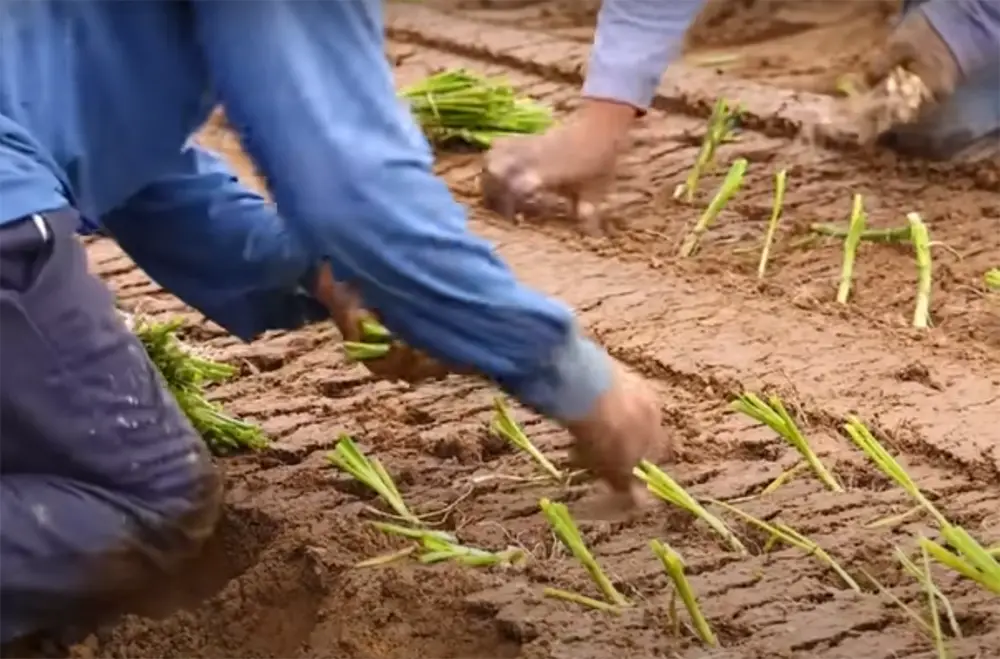
Vidalia onions require regular and consistent watering, especially during dry spells. Aim to water your crop at least two to three times a week with approximately 1 inch of water per week. Furthermore, it’s essential to keep the soil moist but not overly soggy, as this may lead to root rot and other diseases. Additionally, fertilizing your crop every four weeks with a 10-10-10 fertilizer or equivalent will help to promote vigorous growth. To further ensure healthy onion plants, it’s also important to regularly inspect your Vidalia crop for pests and diseases, taking swift action should any problems arise.
Harvesting
Once the onions have grown sufficiently large (approximately one and a half times their original planted size), they are ready for harvest. To begin harvesting, cut the foliage to about 2-3 inches and carefully lift the onions with a garden fork. After harvesting, they should be stored in a cool and dry place away from direct sunlight. With careful attention and diligent care, you will be rewarded with a bountiful Vidalia onion crop that can provide delicious flavor all year round!
Storage
Vidalia onions typically have a shelf life of around 6-8 weeks, depending on the variety and environmental conditions. To store them properly, place the onions in a mesh bag or breathable container and keep them in a cool, dry area away from direct sunlight. Additionally, you can also freeze Vidalia onions to extend their shelf life further. Simply chop them into small cubes and store them in a sealed, airtight container or bag in the freezer for up to 6 months. This way, you can enjoy their sweet and mild flavor at any time of the year!
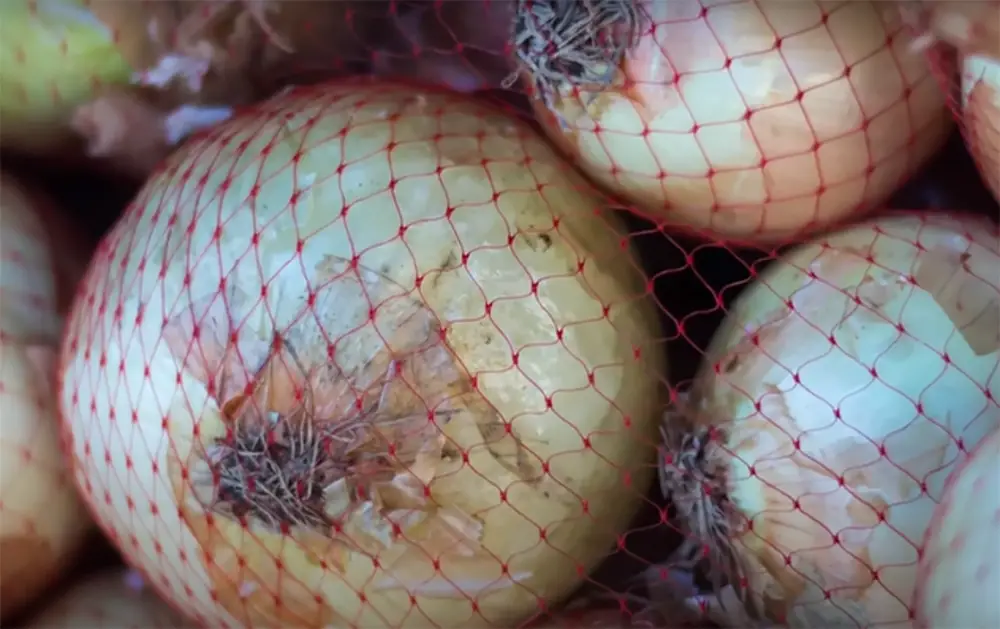
Cooking Tips
Vidalia onions are highly versatile and can be used in a variety of dishes. Whether you’re looking to spice up your salads with some crunch or add an extra layer of flavor to your favorite soups and stews, Vidalia onions can do the trick. To get the most out of your onion crop, try roasting or grilling them with a little olive oil, salt, and pepper for a delicious side dish. You could also caramelize them in a skillet over medium heat to create an intensely sweet flavor that pairs perfectly with savory entrees. With their unique sweetness and mild taste, Vidalia onions are sure to add a delightful twist to any dish [2]!
Can Vidalia onions be grown anywhere?
The short answer is yes! Vidalia onions can be grown in many different climates, as long as they receive the right amount of sunlight and soil quality. To produce a high-quality onion crop, you’ll need to ensure that your soil has plenty of organic matter and adequate drainage. You should also check with your local Cooperative Extension office for advice on the best fertilizers to use for maximizing onion growth. In addition, Vidalia onions need a period of cold weather to initiate bulb formation.
So if you live in a warmer climate, you’ll have to provide some extra protection or find an alternate growing method. All in all, with the right care and attention, Vidalia onions can be grown virtually anywhere! With its mild flavor and sweet taste, this onion variety has become a favorite of many home gardeners and commercial farmers alike. So if you’re feeling adventurous, why not give growing Vidalia onions a try? Who knows – you might find yourself with an abundance of delicious onions in no time at all!
How long does it take for Vidalia onion seeds to germinate?
Onion seeds typically take one to two weeks to germinate, depending on the variety of onion. Vidalia onions generally require a longer period for their seeds to germinate; however, they can take anywhere from three weeks up to six or more weeks. When planting Vidalia onion seeds, it is important to remember that the soil should be kept moist and warm throughout the germination period.

Growing Vidalia onions requires patience, care and dedication. However, the rewards are worth it in the end! With a bit of time and effort, you can enjoy fresh, homegrown Vidalia onion bulbs that add flavor and nutrition to your meals. Plus, they’re sure to impress any guests who come by for dinner!
Additionally, Vidalia onions are relatively resistant to diseases and pests. This is a huge advantage for any gardener, as it means less time spent on controlling these issues. Additionally, they are quite hardy and can survive cold winters with proper care. In the springtime, they should be given a good soaking of water and fertilizer to ensure optimal growth throughout the season.
What dishes can you cook with Vidalia onions?
Vidalia onions are incredibly versatile and can be used in a variety of dishes. They make an excellent addition to casseroles, soups, stews, and even salads. Roasted Vidalia onions are also delicious when served with grilled meats or vegetables. You can also sauté Vidalia onions to use as a topping for burgers or sandwiches. For a more creative dish, you can try using thinly sliced Vidalia onions to create an onion tart. The sweet flavor of the Vidalia onion pairs well with a variety of different ingredients and will make any meal unforgettable!
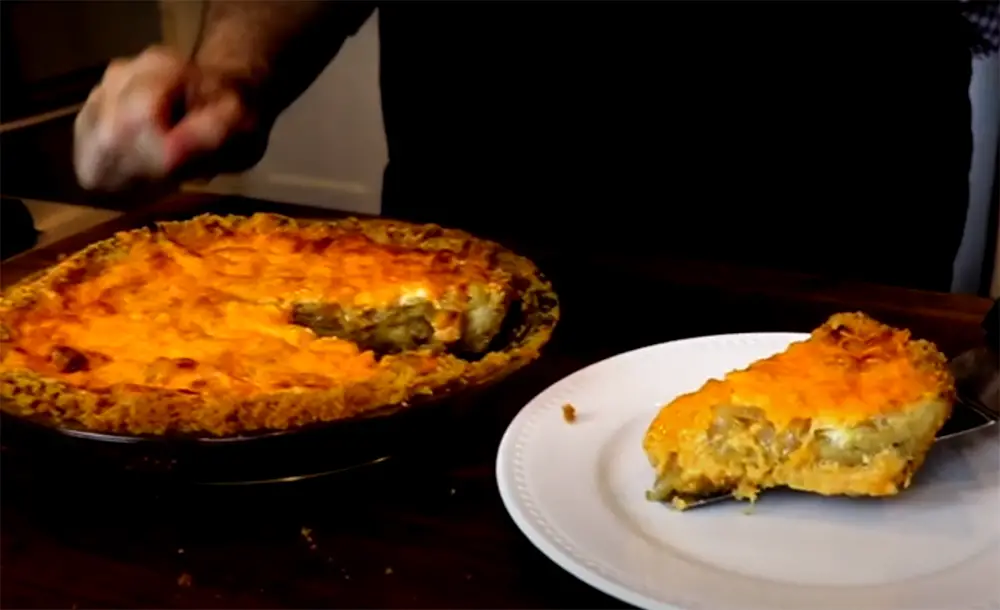
Vidalia onions can also be used to make a delicious French onion soup. Caramelizing the onions slowly brings out their sweetness and gives the soup an amazing flavor. Adding some herbs such as thyme or rosemary enhances the flavor even further. Serve this comforting and flavorful soup with crusty bread for a perfect cold-weather meal.
If you’re feeling adventurous, why not try making some Vidalia onion dip? This crowd-pleasing appetizer combines the sweetness of the onions with a creamy base and can be served with chips, crackers, or even vegetables. For an extra kick, you can add some diced jalapeños to give it a spicy twist [3]!
FAQ
How long does it take for Vidalia onions to grow?
Vidalia onions typically take between 90-120 days to grow, although it depends on the climate and soil conditions. Planting in the spring will provide the longest growing season when temperatures are warm and the soil is moist. Vidalia onions require full sun and should be planted in well-drained, sandy loam soil. They also need regular watering, as they are sensitive to drought. Fertilize the onions every two weeks with an all-purpose fertilizer, and keep them free of weeds by hoeing or pulling them out by hand. With consistent care, you should have a bumper crop in no time!
Where can I find Vidalia onion recipes?
For delicious dishes featuring Vidalia onions, check out the Vidalia Onion Committee’s website. The site features over 500 recipes for everything from salads and soups to desserts and dips. You can also find recipe resources on Allrecipes, MyRecipes, Food Network, Taste of Home, and Epicurious. Whether you’re looking for a quick side dish or a gourmet main course, there are plenty of mouth-watering recipes to choose from. Happy cooking!
How do I store Vidalia onions?
Vidalia onions should be stored in a cool, dry place at room temperature, such as a kitchen counter or cupboard. They will keep for up to two weeks when properly stored. To preserve their freshness longer, wrap each onion in wax paper and then place them in an open container with a tight-fitting lid. Avoid storing Vidalia onions next to potatoes, as the gasses they give off can cause spoilage. Also avoid refrigerating or freezing the onions, as this will change their flavor and texture. Allowing air to circulate around the onions will help ensure they stay fresh for longer.
How do you grow Vidalia?
How deep to plant Vidalia Onion?
When planting Vidalia onions, set the onion sets 1-2 inches deep in well-drained, sandy loam soil. Keep rows spaced 12-15 inches apart with each set 3 inches apart. Planting too deeply can lead to poor yields as plants may not have enough energy to reach the surface of the soil. Be sure to water thoroughly after planting and keep the soil consistently moist throughout the growing season. With regular care and fertilization, you should have a bumper crop of delicious Vidalia onions in no time!
What is the best way to cook Vidalia onions?
Vidalia onions can be used in a wide variety of dishes, from salads and soups to casseroles and sandwiches. To bring out their natural sweetness, try roasting or grilling the onions until they are golden brown. You can also sauté them in a little vegetable oil and season with salt and pepper to bring out their flavor. For an even sweeter taste, caramelized Vidalia onions by slowly cooking them over low heat with butter and sugar until they are golden brown.
What are the requirements for Vidalia onions?
Vidalia onions need full sun and well-drained, sandy loam soil. The soil should be consistently moist and kept weed-free by hoeing or pulling them out by hand. Fertilize every two weeks with an all-purpose fertilizer to provide essential nutrients for optimal growth. They also require plenty of water, so make sure they are watered regularly and deeply. With consistent care, you should have a bumper crop of delicious Vidalia onions in no time!
How can I tell when my Vidalia onions are ready to harvest?
Vidalia onions typically take between 90-120 days to reach maturity, but it can depend on the climate and soil conditions. When they are ready for harvesting, their tops will begin to turn brown and dry out. You can also gently tug on the onions and if they easily pull away from the soil, they are ready to be harvested. Use a garden fork or spade to loosen the dirt around the bulb before carefully lifting it out of the ground. Once harvested, Vidalia onions will be kept for up to two weeks when stored in a cool, dry place at room temperature.
Useful Video: How to Grow Sweet (Vidalia) Onions
Conclusion Paragraph
So, to grow Vidalia onions, it’s important to choose the right variety for your region and climate. They require consistent soil moisture and fertilizer, as well as direct sunlight throughout their growth cycle. When harvesting, wait until the onion tops start to die back before pulling them out of the ground. Properly cured Vidalia onions can then be stored in a cool dark place where they will last up to several months. With proper care and attention, you can enjoy the sweet flavor of Vidalia onions in your recipes all year round!
References:
- https://www.exploregeorgia.org/blog/10-things-you-didnt-know-about-vidalia-onions
- https://gardenguide4all.com/how-to-grow-vidalia-onion/
- https://insanelygoodrecipes.com/vidalia-onion-recipes/





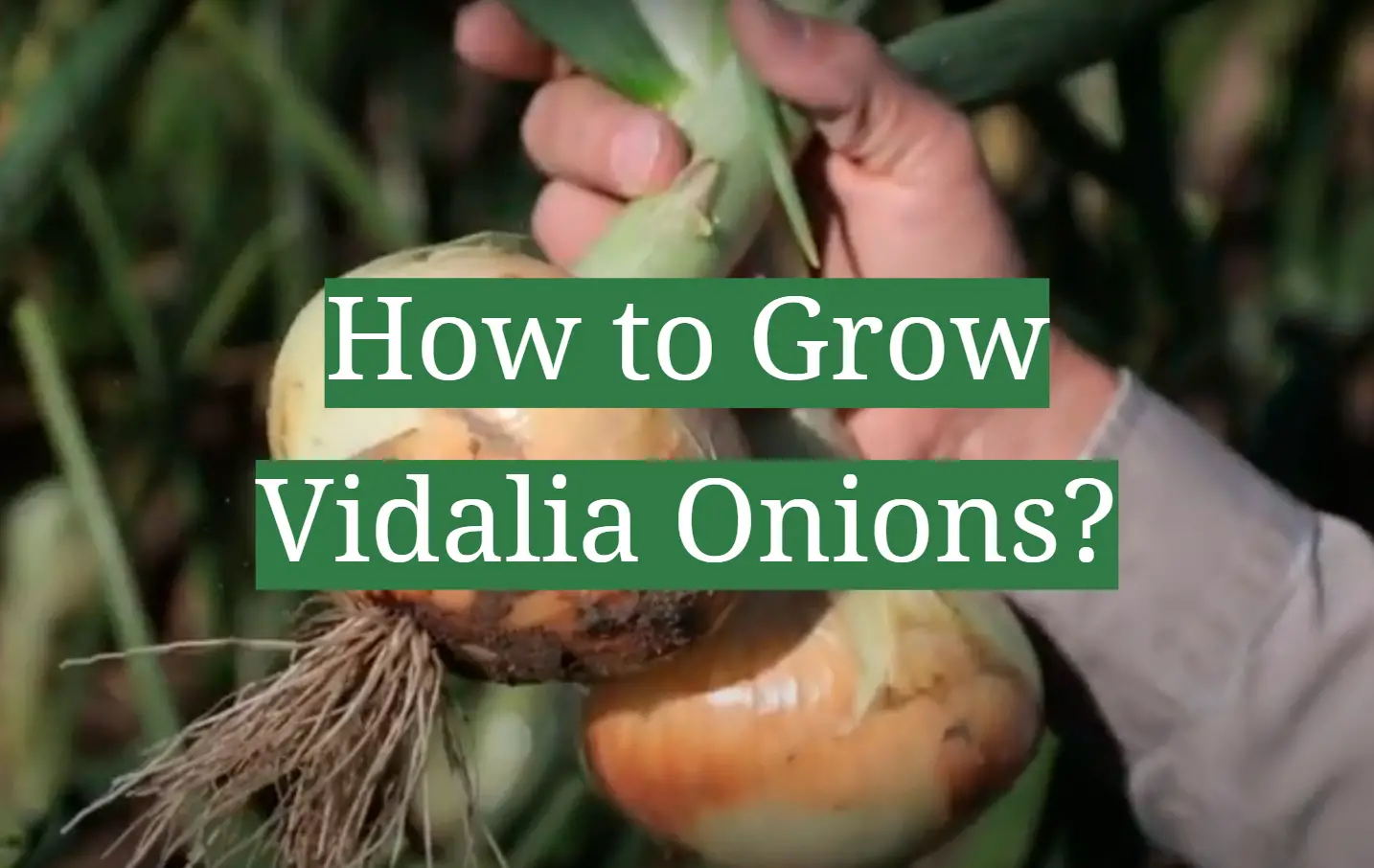




Leave a Reply
View Comments